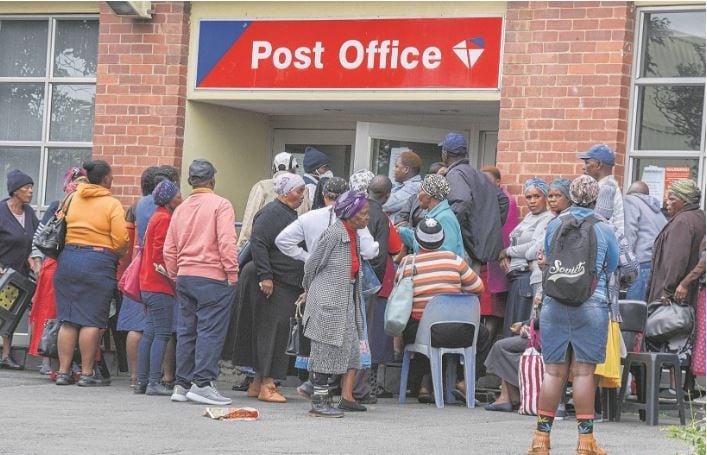For the first time, over half of people globally enjoy some form of social benefits, the UN said Thursday, but said more was needed, including to soften the impact of climate change.
In a fresh report, the United Nations’s International Labour Organization said that 52.4 percent of the global population currently receives some element of what it calls social protection.
That marks a jump of nearly 10 percentage points since 2015 and the first time that over half of people in the world have at least some coverage, it said.
“While this is welcome progress, the unvarnished reality is that 3.8 billion people are still entirely unprotected,” ILO said, highlighting that more than three-quarters of children globally still have no coverage.
For the ILO, social protection includes access to health care and income security measures related especially to old age, unemployment, sickness, disability, work injury, maternity or the loss of the main breadwinner in a family, as well as extra support for families with children.
‘Too slow’
ILO warned that “the pace to close the protection gaps is too slow”.
“If progress were to continue at this rate at the global level, it would take another 49 years – until 2073 – for everyone to be covered by at least one social protection benefit,” the report cautioned.
ILO chief Gilbert Houngbo voiced particular concern over poor coverage rates in many of the world’s countries hardest-hit by climate change, which he said “represents the single, gravest threat to social justice today”.
“Many of the countries experiencing the most brutal consequences of this crisis are particularly ill-equipped to handle its environmental and livelihood consequences,” he said in a statement.
In the 20 countries most vulnerable to the climate crisis, a full 91.3 percent of the population (364 million people) still lack any form of social protection, Thursday’s report found.
Even when casting a broader net, it said that in the 50 most climate-vulnerable countries, 75 percent, or 2.1 billion people, have no social protection coverage.
“These gaps are especially significant, given the potential role of social protection in softening the impact of climate change, helping people and societies adapt to a new climate-volatile reality, and facilitating a just transition to a sustainable future,” ILO said.
‘Cushion’
It pointed to how social benefits can help people adapt and cope with climate-related shocks by ensuring things like income security and access to healthcare.
Social protections can also “cushion families, workers, and enterprises during the green transition and enable more sustainable economic practices”, it added.
The ILO warned that the world currently was “on two very different and divergent social protection trajectories”.
High-income countries are edging closer to universal coverage, with nearly 86 percent of people covered, and upper-middle-income countries (at 71.2-percent coverage) and lower-middle-income countries (at 32.4-percent coverage) “are making large strides in closing protection gaps”, the report said.
But in the world’s poorest countries, it said, the coverage rate of just 9.7 percent has barely budged since 2015 and was “unacceptably low”.
And while high-income countries on average spend 16.2 percent of their gross domestic product on social protections, low-income nations, including those most vulnerable to climate change, spend just 0.8 percent.
Such poor countries need an additional $308.5 billion a year to guarantee at least basic social protection, ILO said, stressing the need for international support to reach that goal.
